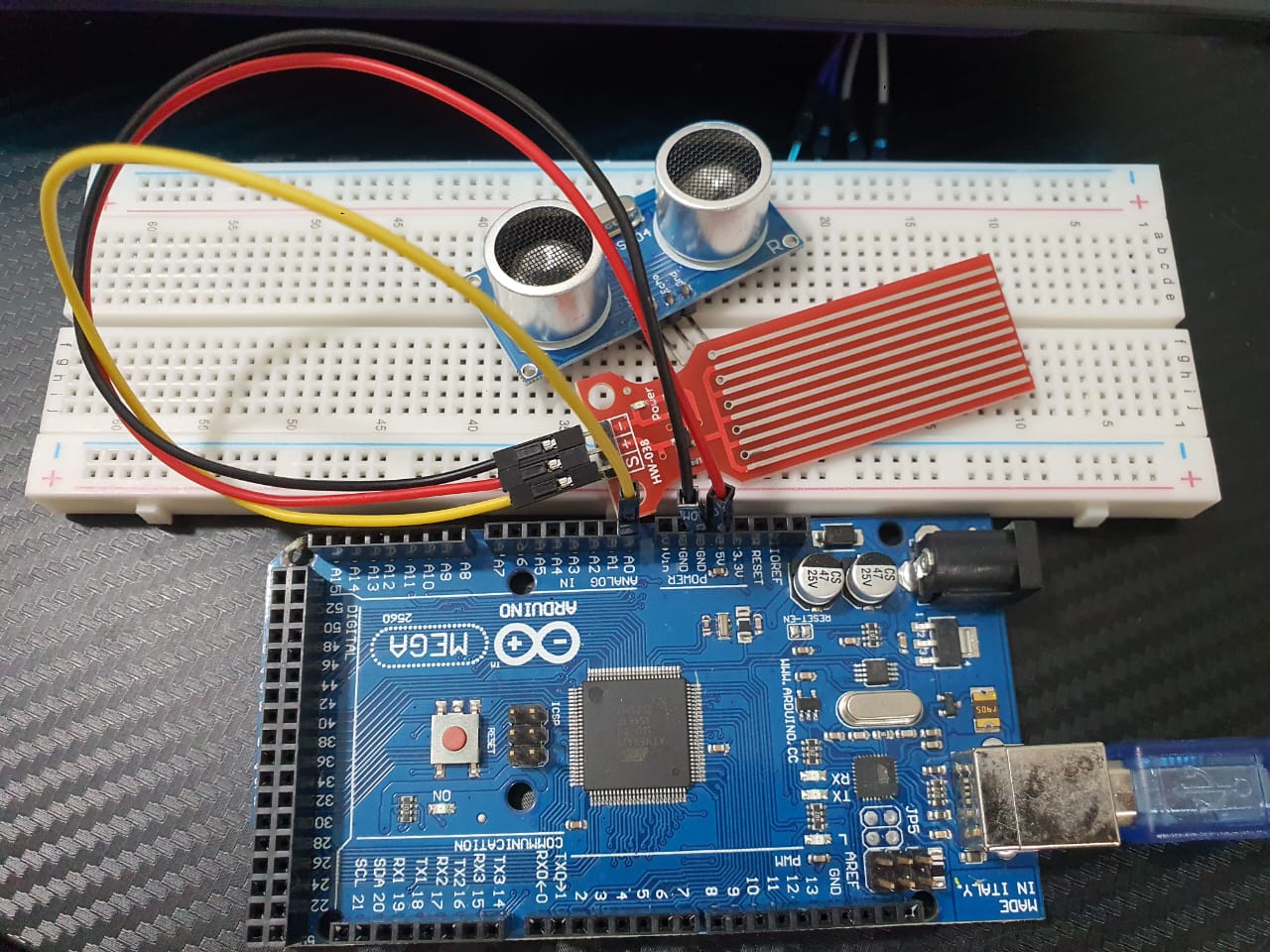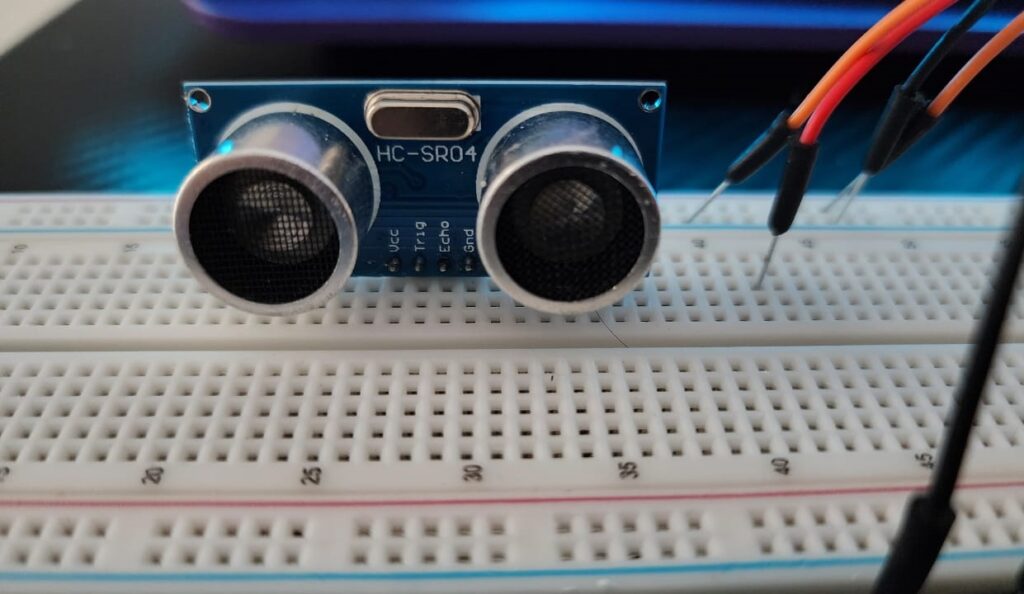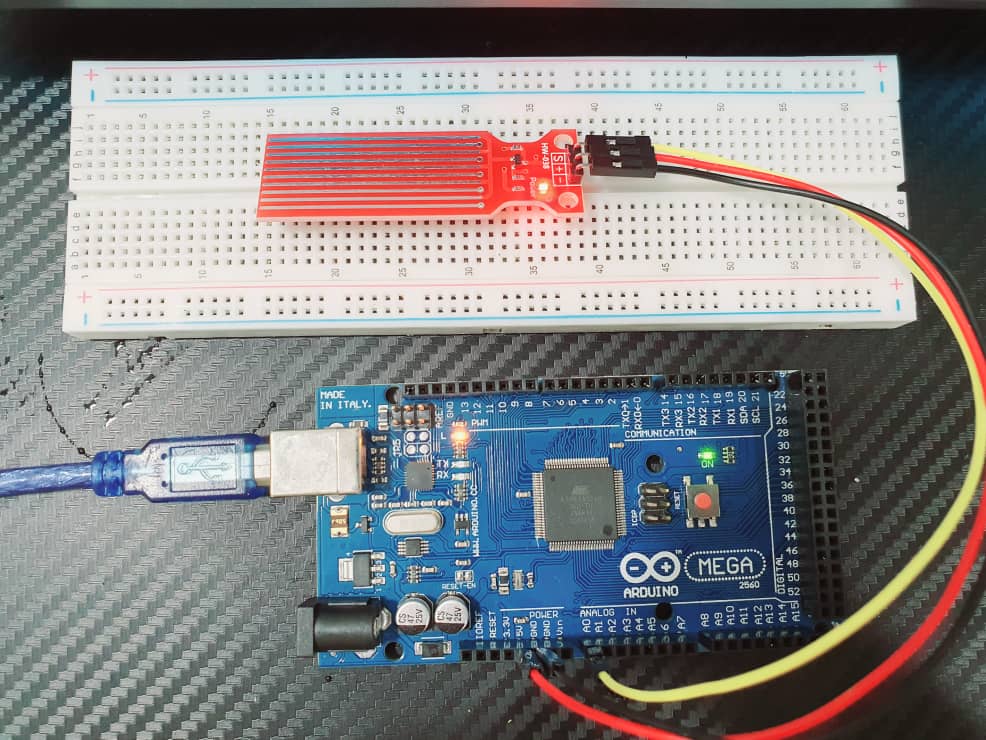Introduction to Water Level Liquid Detection Sensors: Water level liquid detection sensors are devices designed to detect the level of water or other liquids within a container. These sensors are commonly used in applications such as water tanks, aquariums, and industrial processes to monitor and control liquid levels. There are various types of water level sensors, each suitable for different applications based on the required precision, environment, and cost.
Types of Water Level Sensors
- Float Switches:
- Description: These are mechanical devices that float on the surface of the liquid. When the liquid level rises or falls, the float moves, triggering a switch.
- Applications: Simple water tanks, sump pumps, and liquid level alarms.
- Pros: Simple, inexpensive, and reliable for basic applications.
- Cons: Mechanical parts can wear out over time, and they may not be suitable for all liquids or environments.
- Example Sensor: Sump Pump Float Switch, Vertical Float Switch
2. Ultrasonic Sensors:
- Description: These sensors use ultrasonic waves to measure the distance to the surface of the liquid. By knowing the distance, the level of the liquid can be determined.
- Applications: Water tanks, fuel tanks, and industrial containers.
- Pros: Non-contact, high precision, and suitable for various liquids.
- Cons: More expensive than float switches and can be affected by environmental factors.
- Example Sensor: HC- SR04 Ultrasonic Sensor
3. Capacitive Sensors:
- Description: These sensors measure the change in capacitance caused by the presence of a liquid. The sensor can detect the liquid level based on this change.
- Applications: Industrial tanks, chemical processing, and food industry.
- Pros: Can detect various types of liquids, non-contact options available.
- Cons: Can be affected by the properties of the liquid, such as its dielectric constant.
- Example Sensors: DFRobot Gravity: Analog Capacitive Soil Moisture Sensor, Gikfun Non-contact Liquid Level Sensor, RF Admittance Level Sensor, and Capacitance Level Transmitter
4. Conductive Sensors:
- Description: These sensors use the conductivity of the liquid to detect its level. Probes are placed at different heights, and when the liquid touches a probe, it completes an electrical circuit.
- Applications: Water treatment plants, sewage systems, and water tanks.
- Pros: Simple and inexpensive.
- Cons: Suitable only for conductive liquids, probes can corrode over time.
- Example Sensor: HW-038 Water Level Sensor
Example: Using a Capacitive Water Level Sensor with Arduino
Capacitive water level sensors are popular for their non-contact measurement capability and versatility. Here’s an example of how to use a capacitive water level sensor with an Arduino to measure and display the water level.
Components Needed:
- Capacitive water level sensor
- Arduino board (e.g., Arduino Uno)
- Connecting wires
- Power supply
Sensor Pin Configuration:
- VCC: Power supply (typically 5V)
- GND: Ground
- OUT: Analog output signal
Example Code:
// Define the pin for the capacitive water level sensor
const int sensorPin = A0; // Analog pin A0
void setup() {
// Initialize serial communication at 9600 baud rate
Serial.begin(9600);
}
void loop() {
// Read the analog value from the sensor
int sensorValue = analogRead(sensorPin);
// Convert the analog value to a corresponding voltage
float voltage = sensorValue * (5.0 / 1023.0);
// Print the voltage to the serial monitor
Serial.print("Sensor Voltage: ");
Serial.print(voltage);
Serial.println(" V");
// Delay for a short period to avoid flooding the serial monitor
delay(1000);
}Explanation of the Code:
- Pin Configuration: The sensor is connected to the analog pin A0 of the Arduino.
- Setup Function: Initializes the serial communication for debugging and monitoring.
- Loop Function: Continuously reads the sensor value, converts it to voltage, and prints it to the serial monitor.
Applications of Water Level Sensors:
- Home Automation: Monitoring and controlling the water levels in household tanks and reservoirs.
- Agriculture: Irrigation systems to maintain optimal water levels for crops.
- Industrial Processes: Managing liquid levels in manufacturing and processing plants.
- Environmental Monitoring: Measuring water levels in natural water bodies and weather stations.
Conclusion
Water level liquid detection sensors are essential in various fields for monitoring and controlling liquid levels. Understanding the different types of sensors and their applications can help in selecting the right sensor for specific needs. By integrating these sensors with microcontrollers like Arduino, you can build efficient and reliable systems for managing water and other liquids.
Expertise on Engineering.
Robotic and microcontroller are like toys to me.
I love playing with them.


